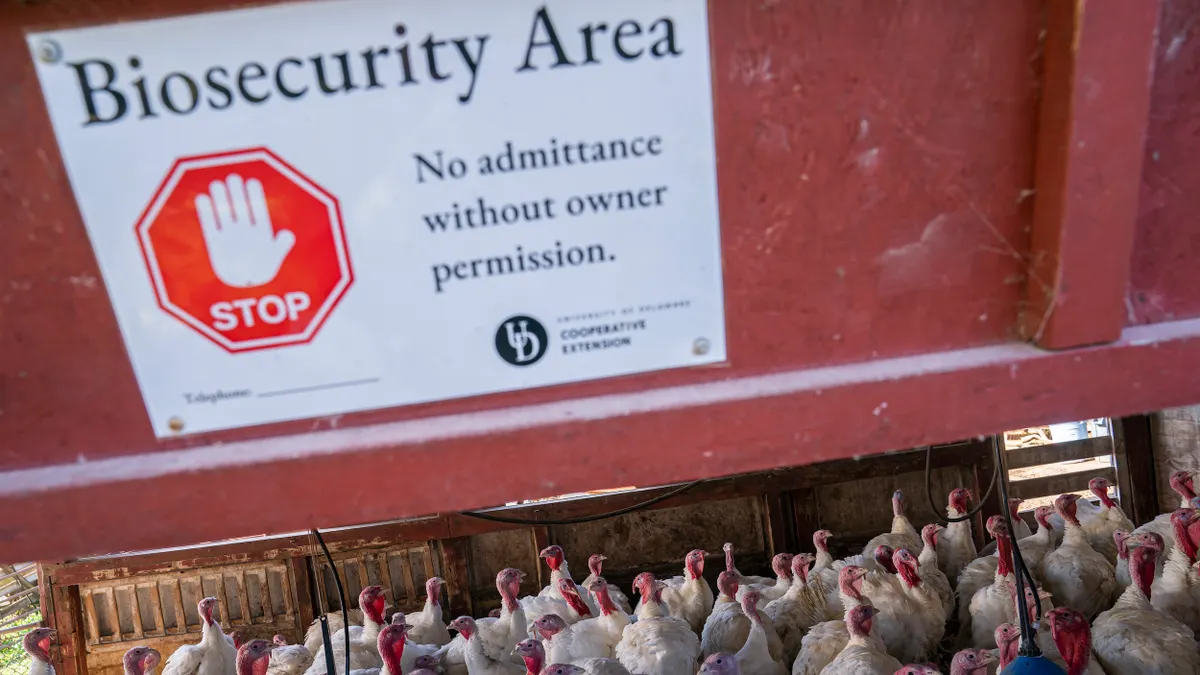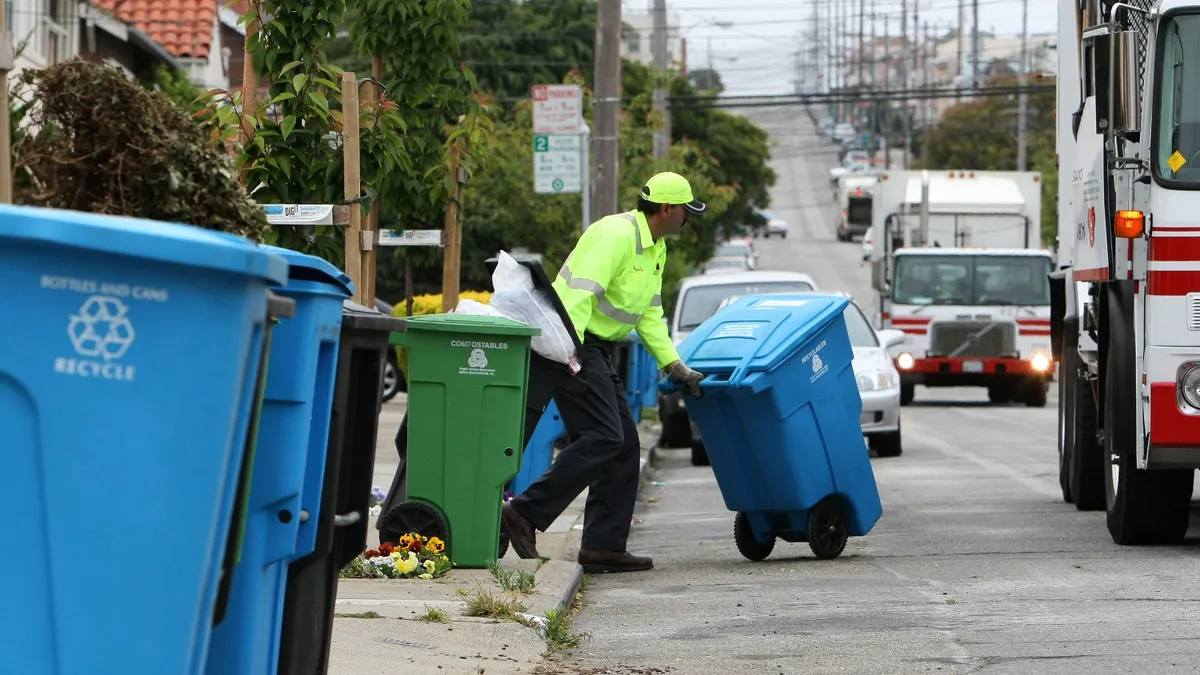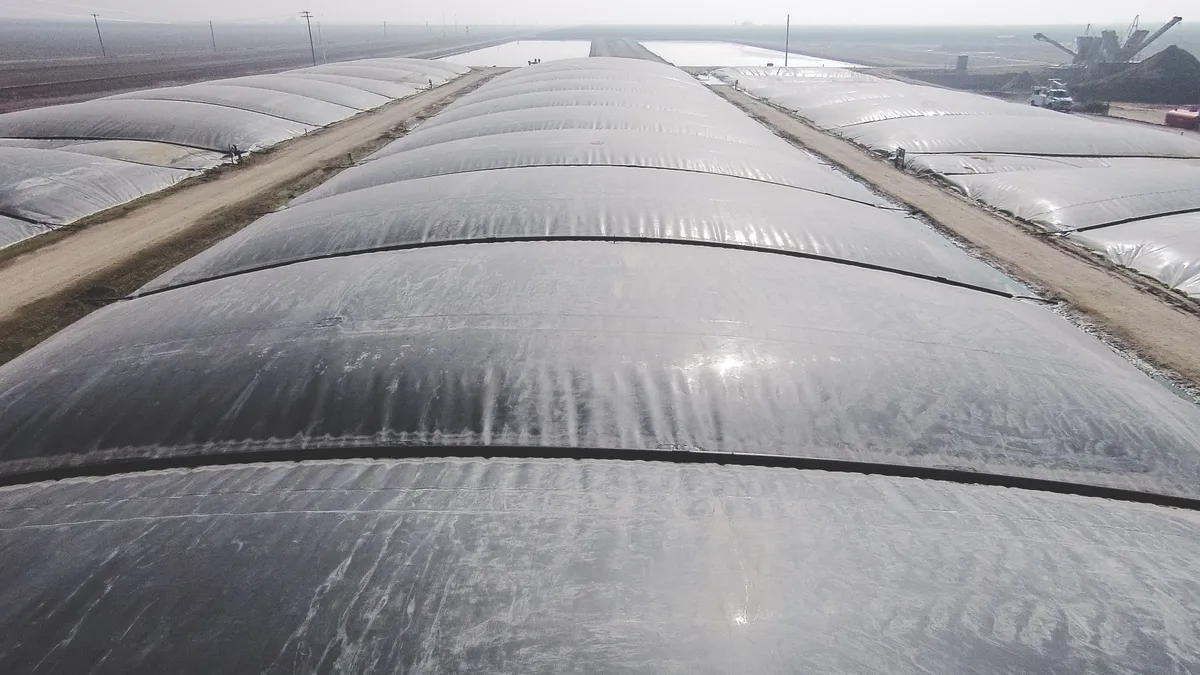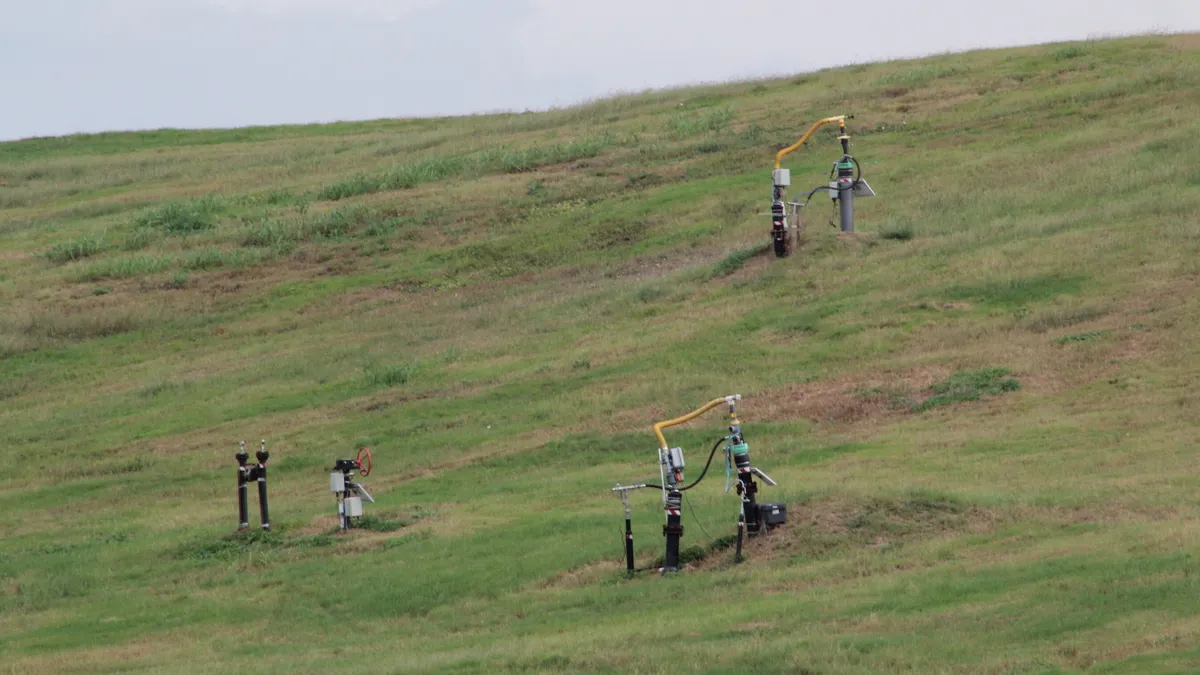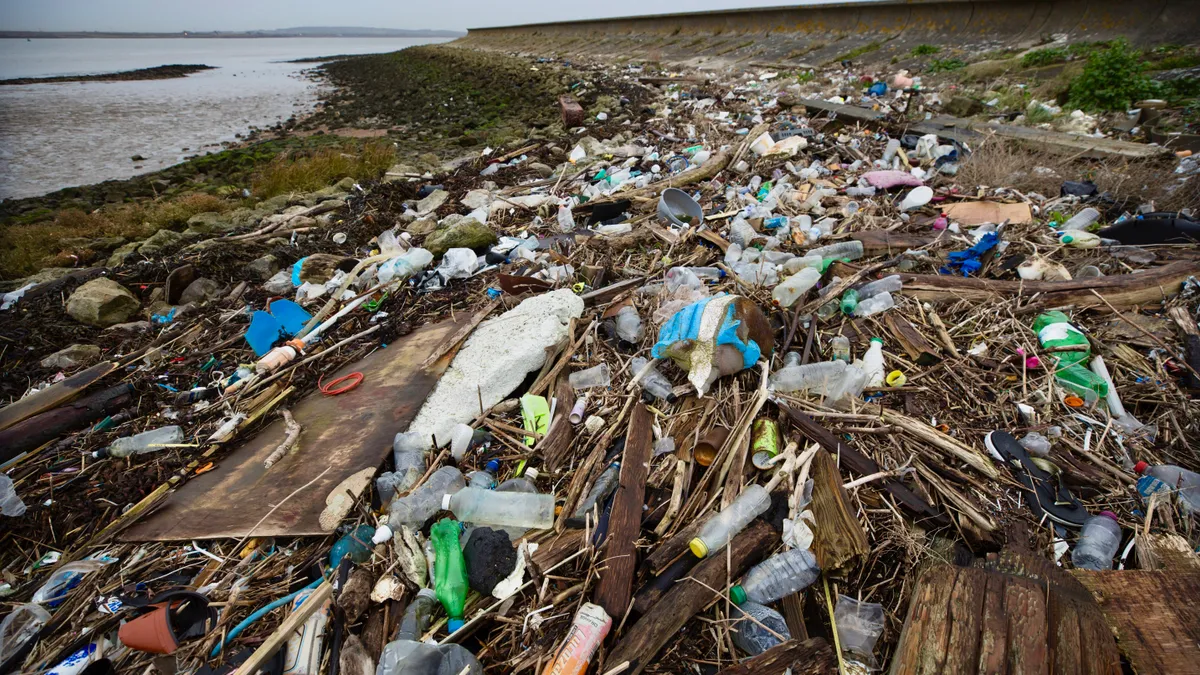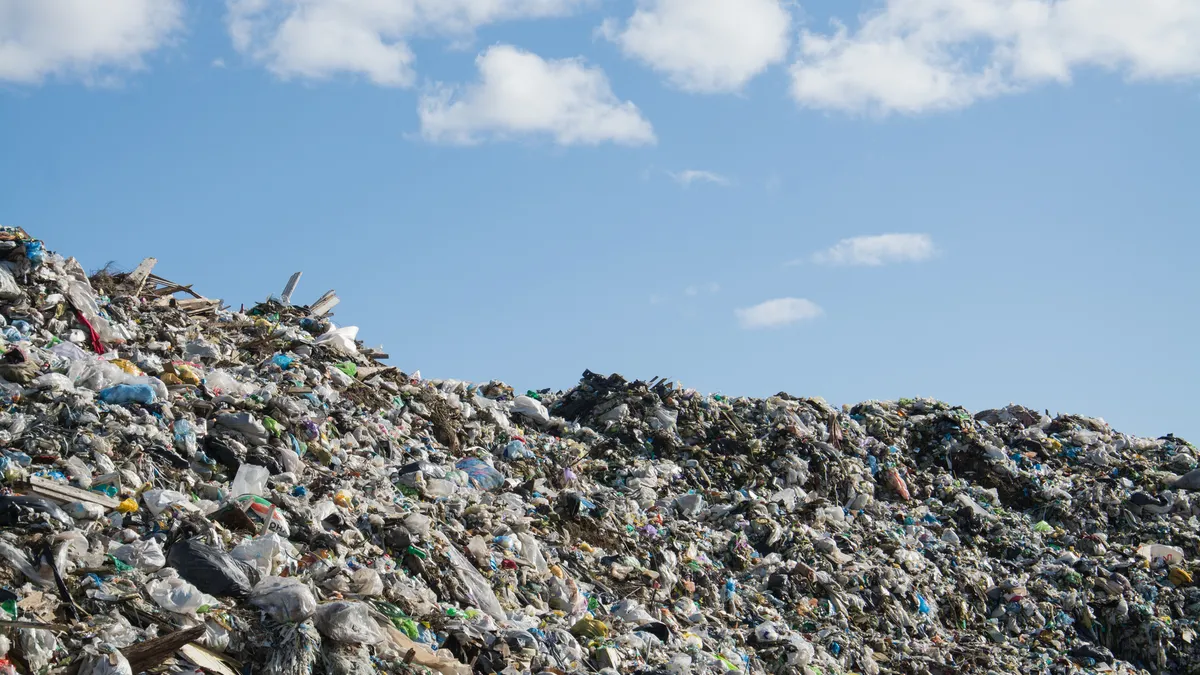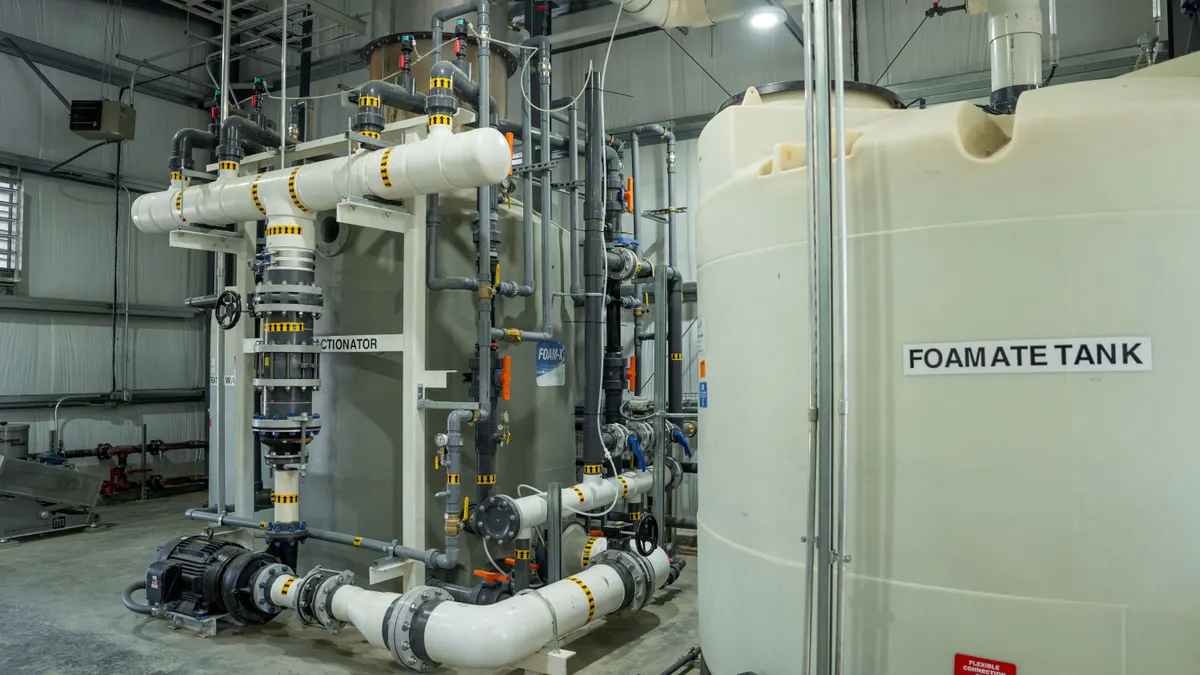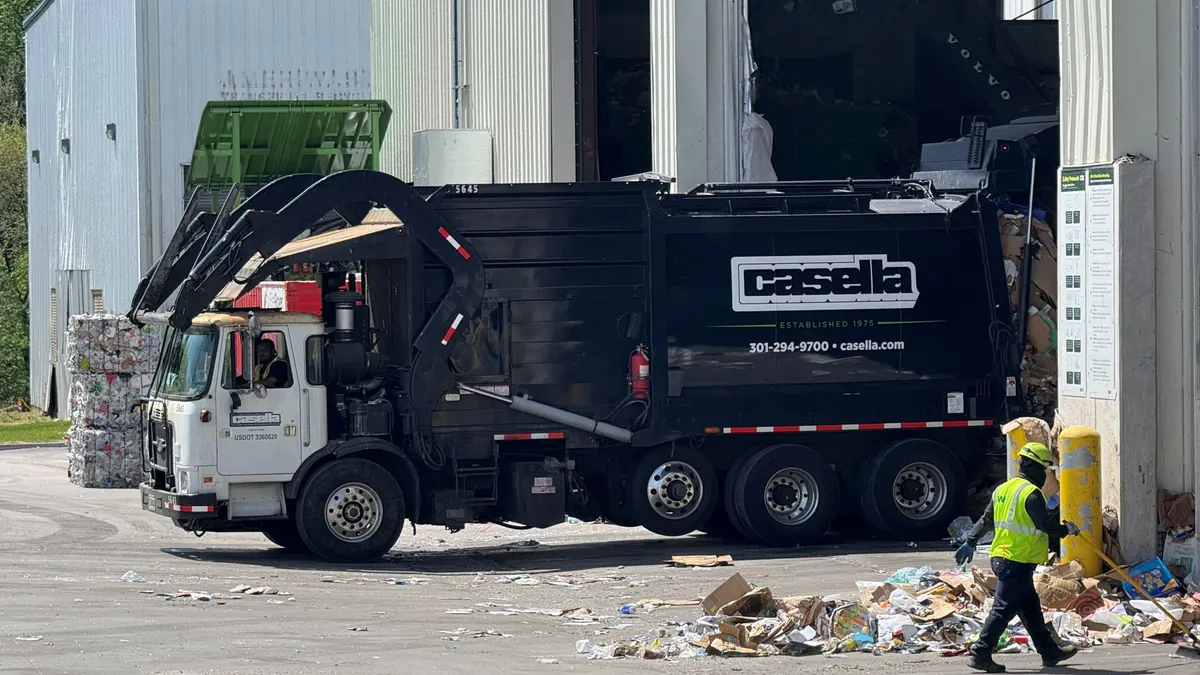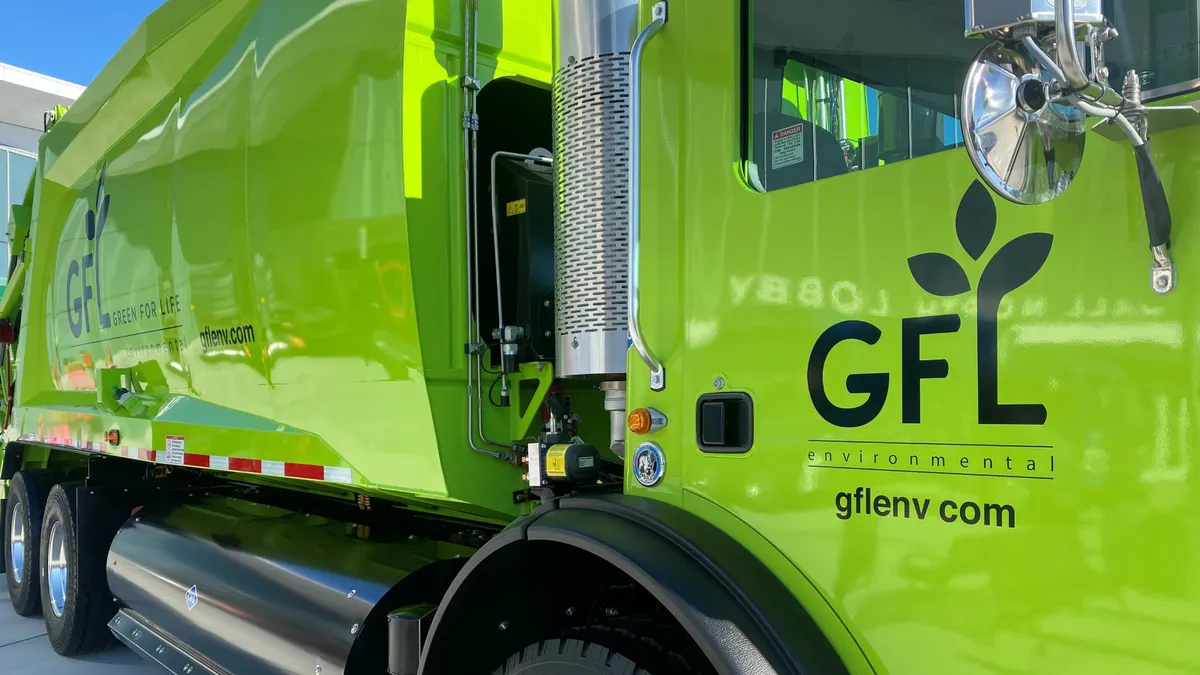Fire in California is what hurricanes are to Florida, an inescapable reality of the local climate landscape that comes with unique debris challenges. Los Angeles County is now managing this issue in an overloaded waste system.
January’s Eaton and Palisades fires are now ranked as one of the top natural disasters in the state's history with nearly 30 deaths and billions of dollars in damages. An estimated 40,000 acres burned, leading to a sizable amount of waste in an area that was already strained by shrinking disposal capacity.
When it comes to cleanup "there’s a lot of care that needs to be taken," said Charles Kamenides, executive director of the National Recycling Coalition. As a former California resident, now living in Colorado, Kamenides said he is very familiar with fires and noted "fire damage in densely populated regions poses a different set of challenges than a rural or wilderness fire."
For example, in one recent Colorado fire the concern over recycled metal that had toxic material on it (i.e. paint) required special wrapping and containment before local landfills would accept the materials.
"When there is devastation to structures — residential, business and industrial, as in the case of the recent California fires — we need to look at local laws, as those affect what landfills will or won't accept."
Marialyce Pedersen, a NRC board member, faced the life-altering reality of her home in Altadena, California, burning to the ground.

"At 6:30 p.m. the fire was a mile away and the wind was unbelievable, 80-100 mph, but the air quality was so terrible you couldn't breathe. I turned on my hose to try and water down my property but by 9 p.m. we took the cats and a few clothes and left at 9:45,” said Pedersen. "My house burned to the ground at 3:30 in the morning. There is absolutely nothing left but ash.”
Pedersen said a small crawl space under her house was "unique to most of the homes here" and adjoined the concrete slab. It now has two to three feet of ash and is the repository for the remains of her library and piano.
"I stuck my hand in that area and I did manage to recover my porcelain tea set,” she said. Since porcelain fires at 2300 F, "it was pretty much intact."
By the first week of February, Pedersen felt the U.S. EPA and other agencies were doing a good job with the initial cleanup across an estimated 10,000 parcels. She noted that recoverable materials were being taken to a historic country club property to separate metals and concrete.
The Federal Emergency Management Association divided cleanup into two phases, with the U.S. EPA managing hazardous material removal and the U.S. Army Corps of Engineers managing structural debris. Both project phases are performed at no cost to residents.
In mid-February, the EPA reported it had deployed more than 1,600 people across multiple teams to focus on property surveys, hazardous materials and lithium-ion batteries recovery. That work was completed in late February, according to state data, and structural debris removal is underway.
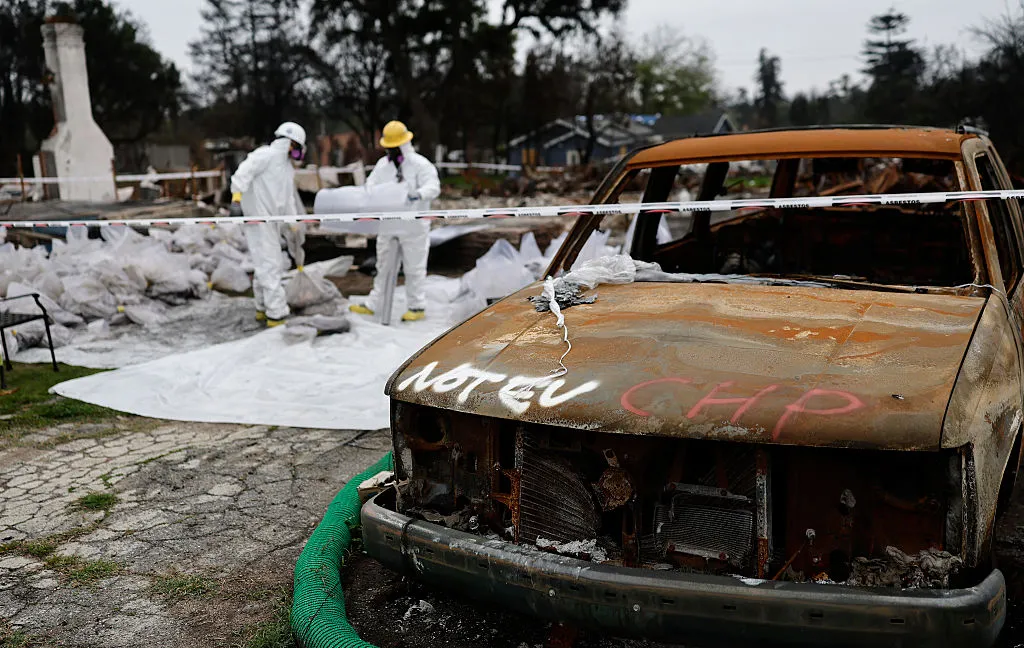
Cleanup considerations
Pat Sullivan, senior vice president of SCS Engineers, said his team is assisting the regional landfills in managing the huge amount of debris from the fire cleanup. While the Los Angeles fires covered a smaller area than wildfires in remote regions, they present a different type of challenge.
“Essentially, the devastation is in a smaller area but it also means there is a lot more collective debris to remove per each acre,” he said.
Sullivan said landfills may need waivers to accept the larger amount of debris and explained that California's waste policies are typically more stringent than federal regulations, so this can cause administrative delays.
"Plus, there is the added concern of the huge number of vehicles, wear and tear on roads not designed for such a large number of vehicles, then staging them to offload at the facility, plus the need for increased dust control. It's much more than finding an open cell to dump debris."
He described how fire creates its own weather conditions of intense heat and "firenadoes," that were literally whirling, swirling flames incinerating material. Burned materials with toxic heavy metals and other contaminants were an immediate concern.
"With wind of up to 100 mph the temperature of the fires could have gotten to over 2000 degrees which can melt metal, melt rubber, destroy just about anything in its path, creating an ash that contains a variety of components."
Ash that accumulated in Altadena ranged from a few inches to several feet.
After testing, the cleanup decision by FEMA and Army Corps of Engineers to scrape two feet of ash and soil off properties was reduced to six to 12 inches.
Soil scientist Rattan Lal, founder of the Carbon Management and Sequestration Center at The Ohio Unversity, described the need for careful management of this material.
"The housing built before the 1980s would have had roofing asbestos, lead-based plumbing, heavy metals in paint,” said Lal. "These are serious health issues and if fire consumed those structures the ash will contain those toxic elements."
Lal said removal of contaminated material and debris is essential. He recommended putting the material in a dry area where there would be no contamination potential to groundwater. He added that it should be lined with impermeable material and then covered over with the same.
While this removal is essential, he said it also leaves a "dead landscape” and the challenge becomes properly restoring the soil.
"You must bring in topsoil to cover the area to promote growing because without proper topsoil nothing will grow for very long without extensive chemical treatments, possibly for years,” said Lal.
Landfill management and next steps
Although scraping down and taking this ash to a landfill sounds straightforward, Sullivan said the high density and low permeability quality of the very fine material presents difficulties.
"You might think you dump it in a landfill cell and that's that, but ash is such a fine particulate it creates its own low permeability layer,” he said. “If you continue to put trash over it, it is difficult to pull landfill gas through the low permeability layer."
The problem is similar to pouring a scoop of water over a mound of flour, it just runs off until you mix it together with a spoon.
Low permeability also means that leachate can seep out the sides of a landfill instead of draining to the bottom. To get around this, Sullivan said "you can mix it in with other trash so the layer is not comprised of only ash, or put it at the top of the landfill where no waste will be placed above it, or in its own cell."
This debris removal process will present challenges for many months to come, but Sullivan said that after many years of managing fires he’s seen state agencies become more efficient. He specifically praised CalRecycle for its expertise and involvement with the affected communities.
Local residents, such as Pedersen, are now turning to the difficult work of rebuilding in an area that could see fires again.
"Whatever rebuild I do I'm going to first use any materials I can salvage and not build it as before but make it as flame-proof as possible,” she said. “Climate change is real, and we know how to be fire-safe, and we have to make sure that we build with resiliency as the objective."




